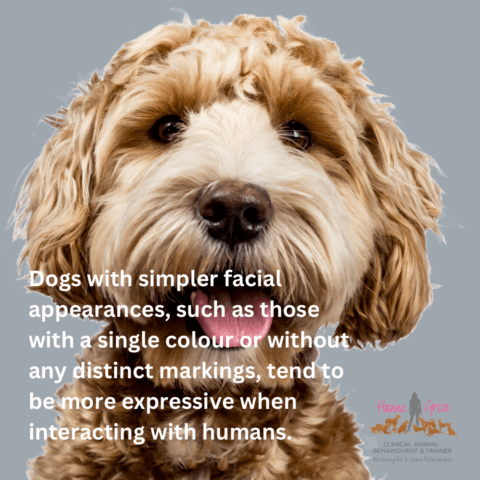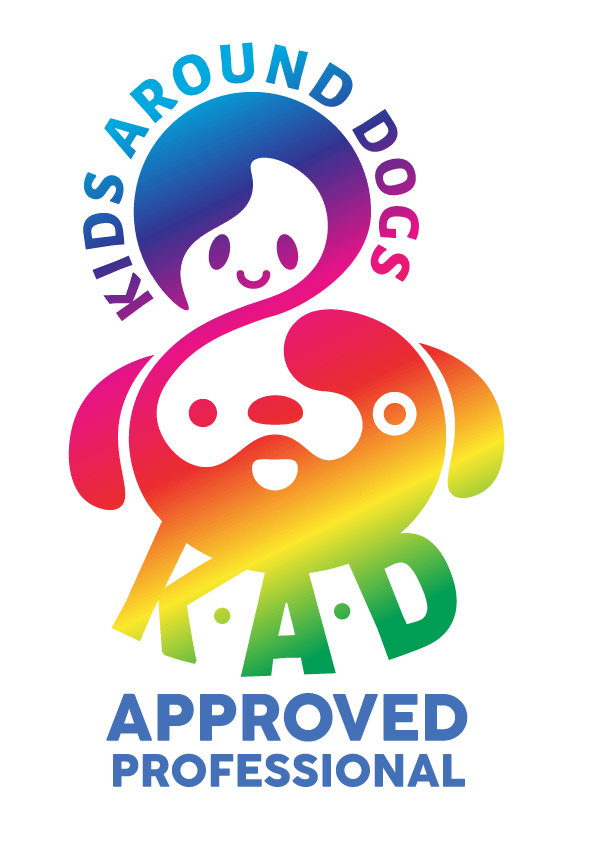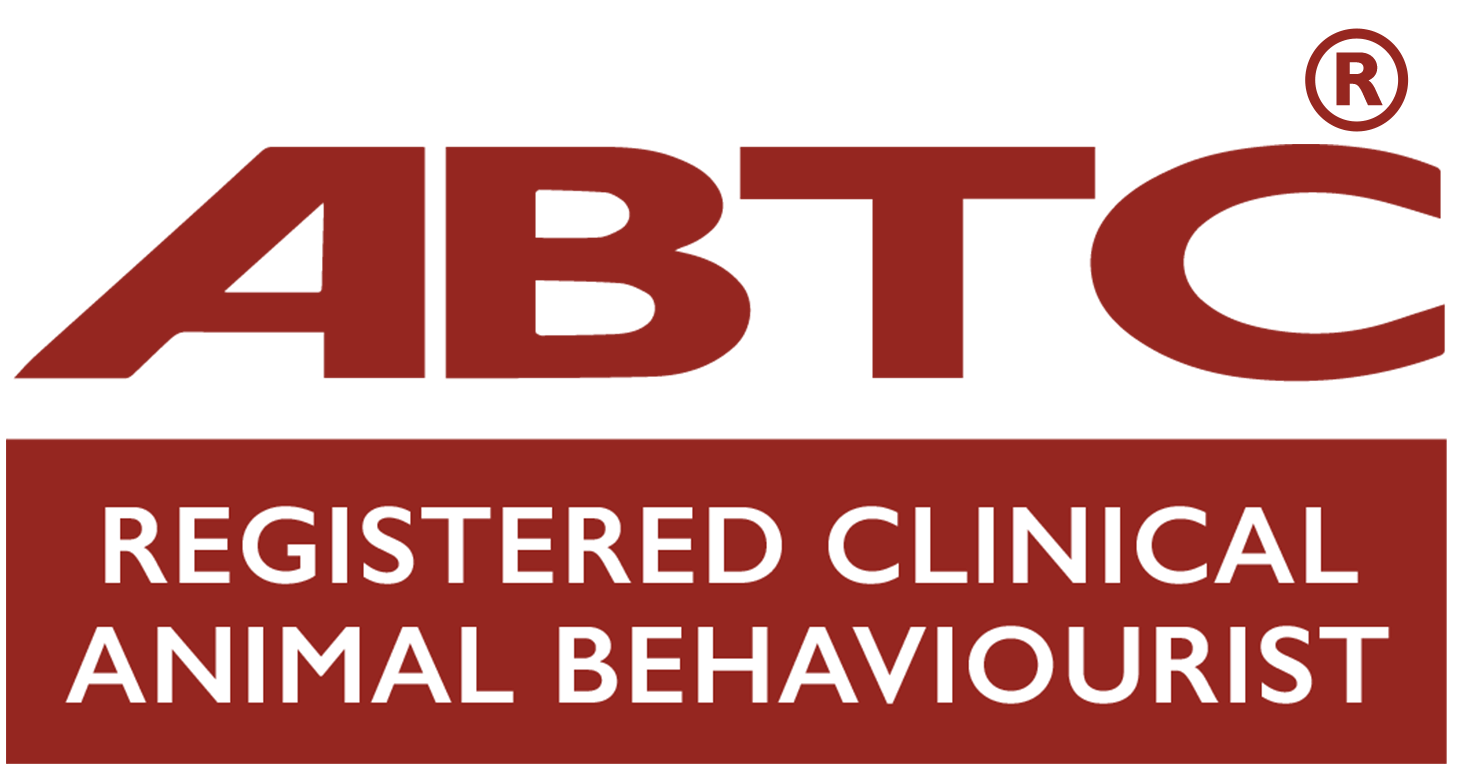
A recent study from George Washington University has shed light on the fascinating relationship between dogs and their human companions, particularly in the realm of nonverbal communication. Here’s what every dog owner should know from the recent research published in the journal Animals:
- Facial markings matter: Dogs with simpler facial appearances, such as those with a single colour or without any distinct markings, tended to be more expressive when interacting with humans. In contrast, dogs with multi-coloured or patterned faces were not as overtly expressive.
- Age and training influence expressivity: Senior dogs were not as expressive, and the researchers suggest that this might be because older dogs have spent more years with their human companions, so they might not be as expressive because they have established a deeper understanding of one another, over time. On the other hand, working dogs or those that had undergone extensive training tended to be more expressive, emphasising the importance of clear communication between the dog and handler. And, such findings supports previous research which highlights that the quality, frequency and type of owner-dog interactions influences attachment levels, and this may be helped by increased eye connect during such interactions (such as positive reinforcement training), resulting in an increase in oxytocin levels (the ‘love’ hormone), strengthening the dog-owner bond.
- Humans can read their dogs: The researchers suggest that while humans are generally good at interpreting their dogs’ expressions, those with younger dogs (between two to seven years old) and with plainer facial markings were more accurate in their assessments.
- Real-world implications: Understanding and accurately interpreting our dogs’ nonverbal cues isn’t just for pet owners. As dogs have become an even more integral part of human society (e.g., via animal-assisted interventions), recognising their expressions can benefit everyone, from those walking through the park, waiting outside of schools to service animal handlers. Courtney Sexton, the study’s lead author, emphasises the importance of this understanding in enhancing the experiences of both dogs and humans.
In essence, the study underscores the depth of the bond between humans and dogs. By paying closer attention to our furry friends’ facial expressions, especially in those with plainer faces, we can foster a deeper connection and understanding, enriching the lives of both species.
If you’d like to see the participating dogs from this research in action, then check out the recordings available on Instagram at @how_dogs_talk
References
- Courtney L. Sexton, Colleen Buckley, Jake Lieberfarb, Francys Subiaul, Erin E. Hecht, Brenda J. Bradley. What Is Written on a Dog’s Face? Evaluating the Impact of Facial Phenotypes on Communication between Humans and Canines. Animals, 2023; 13 (14): 2385 DOI: 10.3390/ani13142385
Learn more about our classes

Get Hanne's Book
Playing With Your Dog will help any dog owner work out the games that are best suited for their pet to play throughout his life, from puppyhood to old age. The book also shares some tricks for all ages, group activities, and recommended toys that dogs will enjoy.

























